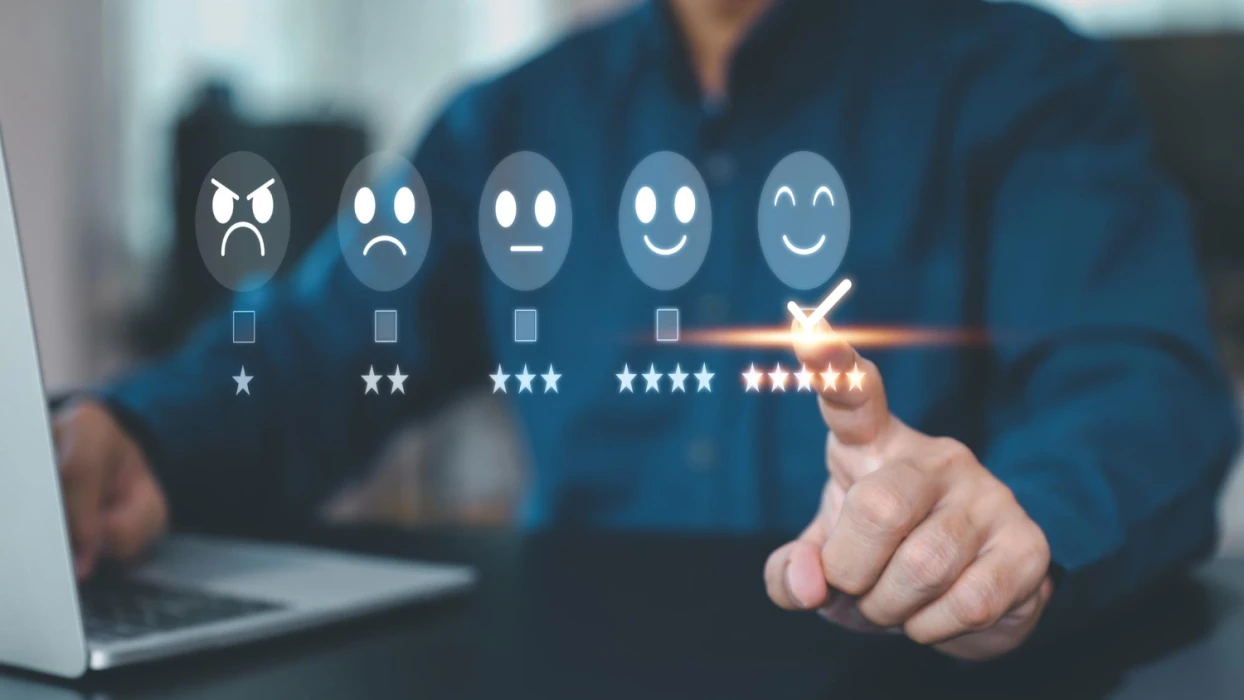In an era dominated by digital interactions, ensuring that the web is accessible to everyone is crucial to web development. The Web Content Accessibility Guidelines (WCAG) 2.0 stands at the forefront of this endeavor, providing a comprehensive framework for creating web content that is inclusive and accessible to individuals of all abilities. This article explores the critical aspects of WCAG 2.0, its principles, and its impact on shaping a more inclusive digital landscape.
What is WCAG?
The Web Content Accessibility Guidelines (WCAG) is a set of guidelines developed by the Web Accessibility Initiative (WAI) of the World Wide Web Consortium (W3C). These guidelines are designed to make web content more accessible to people with various disabilities, encompassing visual, auditory, motor, cognitive, and other impairments.
Evolution of WCAG
Launched in December 2008, WCAG 2.0 represents a significant evolution from its predecessor, WCAG 1.0. While the original guidelines laid the foundation for web accessibility, WCAG 2.0 was designed to be more flexible, adaptive, and reflective of the dynamic nature of the web.
Principles of WCAG 2.0: P.O.U.R.
WCAG 2.0 is organized around four fundamental principles, often abbreviated as P.O.U.R:
Perceivable (P): Information and user interface components must be presented in a way that users can perceive. This includes providing text alternatives for non-text content and ensuring content is adaptable.
Operable (O): User interface components and navigation must be operable. This involves keyboard accessibility, providing sufficient time for users to read and complete tasks, and avoiding content that could cause seizures or physical discomfort.
Understandable (U): Information and operation of the user interface must be understandable. This includes clear and consistent navigation, input assistance, and legible text.
Robust (R): Content must be strong enough to be reliably interpreted by various user agents, including assistive technologies. This emphasizes using technologies that are accessibility-supported and maintaining compatibility over time.
Levels of Conformance
WCAG 2.0 introduces three levels of conformance to allow flexibility in implementation:
Level A (Minimum): Addresses the most critical barriers to accessibility.
Level AA (Recommended): Builds upon Level A, addressing additional obstacles for a more comprehensive level of accessibility.
Level AAA (Maximum): Represents the highest level of accessibility, meeting a broad range of user needs.
Implementing WCAG 2.0 in Practice
Best Practices for Inclusive Design
Text Alternatives: Provide text alternatives for non-text content, ensuring compatibility with screen readers.
Keyboard Accessibility: Ensure all functionality is operable via keyboard navigation, benefiting users with motor impairments.
Contrast and Readability: Maintain sufficient color contrast for text and background, enhancing readability for visual-impaired users.
Structured Semantics: Utilize proper HTML markup to create a logical and semantic structure that aids understanding and navigation.
User Notifications: Provide clear and concise instructions and notifications to guide users through interactive elements.
Testing and Validation: Regularly test web content using accessibility evaluation tools to identify and address potential issues.
Benefits of WCAG 2.0 Compliance
Inclusivity: By adhering to WCAG 2.0, developers create digital spaces that are accessible to a broader audience, fostering inclusivity and equal access.
Legal and Ethical Compliance: Many countries have adopted WCAG as a standard for web accessibility, making compliance a legal and ethical obligation.
Enhanced User Experience: Accessible design often results in an improved user experience for all users, not just those with disabilities.
Conclusion
WCAG 2.0 stands as a beacon for creating a web that is truly accessible to everyone, regardless of their abilities. By embracing the principles and guidelines set forth by WCAG 2.0, developers and designers contribute to a digital landscape that prioritizes inclusivity, ensuring that the internet remains a space where diversity is celebrated and no one is left behind.
Subscribe to
Our
Newsletter
Join 1,000+ people and recieve our weekly insights.

Success!
Thank your for subscribing to Buzzvel's
Newsletter, you will now
receive
amazing
tips
and insights weekly.




